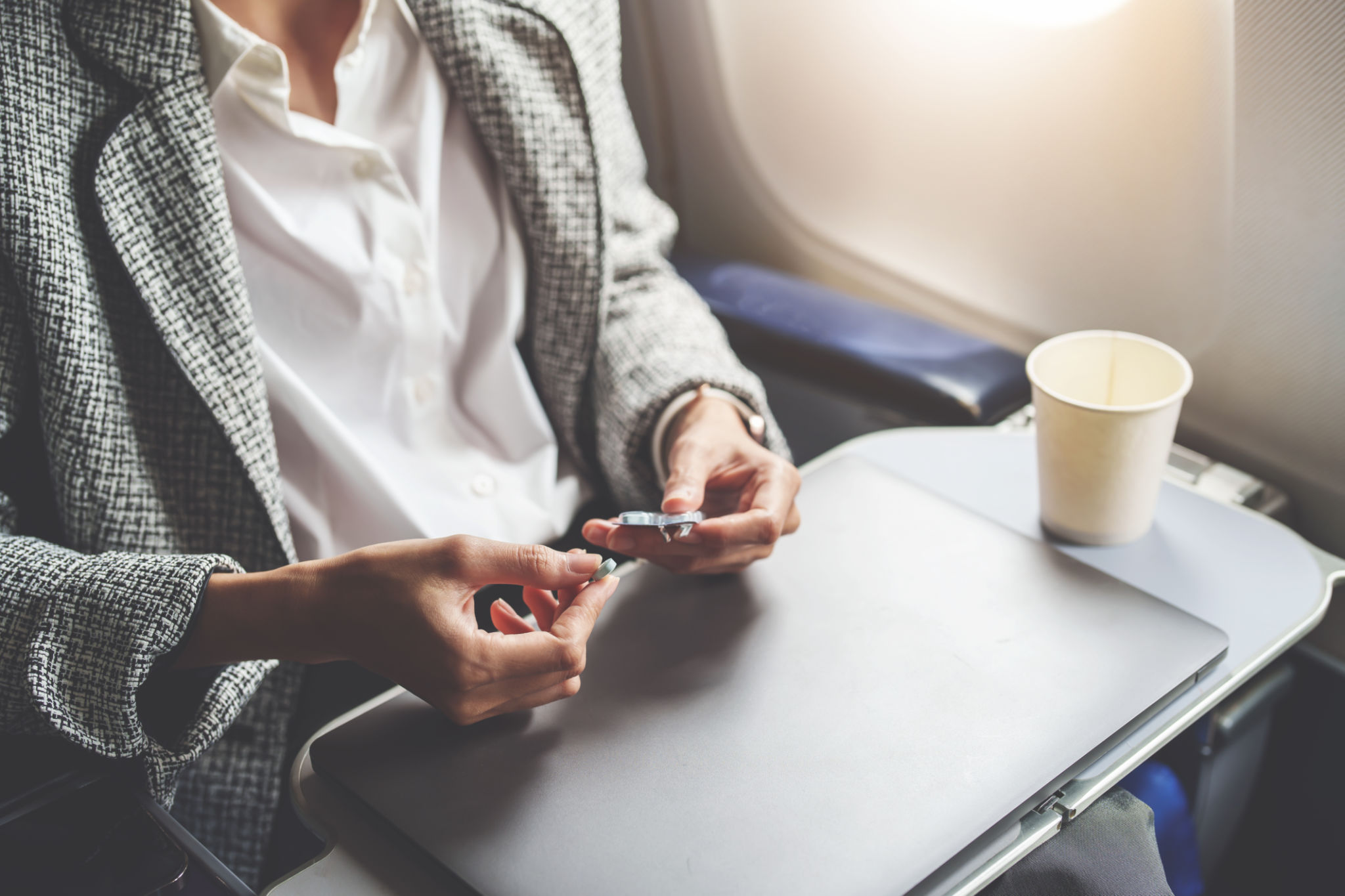Ensuring Safe Air Transport of Pharmaceuticals: Best Practices
Introduction to Air Transport of Pharmaceuticals
Transporting pharmaceuticals by air involves a complex set of logistics and regulations to ensure that these critical products reach their destination safely and effectively. With the global demand for pharmaceuticals increasing, efficient air transport has become more crucial than ever. This blog post explores best practices to ensure the safe air transport of pharmaceuticals, highlighting the importance of maintaining product integrity throughout the journey.

Understanding Regulatory Requirements
One of the first steps in ensuring safe air transport is understanding and complying with regulatory requirements. Pharmaceuticals are subject to strict guidelines set by organizations such as the International Air Transport Association (IATA) and the World Health Organization (WHO). These guidelines address various factors including temperature control, packaging standards, and documentation. Compliance with these regulations is not just a legal requirement but also a means to safeguard product quality.
Key Regulatory Bodies
Several regulatory bodies oversee the air transport of pharmaceuticals:
- IATA: Provides guidelines specific to air transport, focusing on safety and efficiency.
- WHO: Offers guidance on maintaining pharmaceutical integrity during transport.
- FDA: Ensures that products entering the US market meet safety standards.
Temperature Control and Packaging
Maintaining the correct temperature is essential in preserving the efficacy of pharmaceutical products. Many pharmaceuticals are sensitive to temperature changes, requiring specialized packaging and handling techniques during air transport. Utilizing temperature-controlled containers and monitoring systems can help mitigate risks associated with temperature fluctuations.

Best Practices for Packaging
Effective packaging is crucial in protecting pharmaceuticals during transit. Best practices include:
- Using insulated containers and thermal blankets to stabilize temperature.
- Implementing real-time temperature monitoring devices to track conditions during transport.
- Selecting packaging materials that offer robust protection against physical damage.
Importance of Real-time Tracking
Real-time tracking systems play a vital role in the air transport of pharmaceuticals. These systems provide up-to-date information on the location and condition of shipments, allowing stakeholders to respond quickly to any issues that may arise. By integrating GPS and RFID technologies, pharmaceutical companies can enhance the visibility and security of their shipments.

Benefits of Tracking Technologies
The introduction of advanced tracking technologies offers several benefits:
- Improved transparency: Stakeholders have access to real-time data on shipment status.
- Enhanced security: Ability to detect and address unauthorized access or deviations.
- Better decision-making: Data-driven insights help optimize logistics processes.
Collaborating with Reliable Partners
Partnering with reliable logistics providers is a key component in ensuring safe air transport of pharmaceuticals. Experienced providers understand the complexities involved and have established systems to handle these challenges effectively. Collaboration ensures that best practices are followed, from packaging and temperature control to real-time monitoring and regulatory compliance.
By following these best practices, pharmaceutical companies can ensure that their products are transported safely via air, maintaining their integrity and efficacy from origin to destination. As the industry continues to evolve, staying informed about new technologies and regulatory changes will be essential for ongoing success in the air transport of pharmaceuticals.
